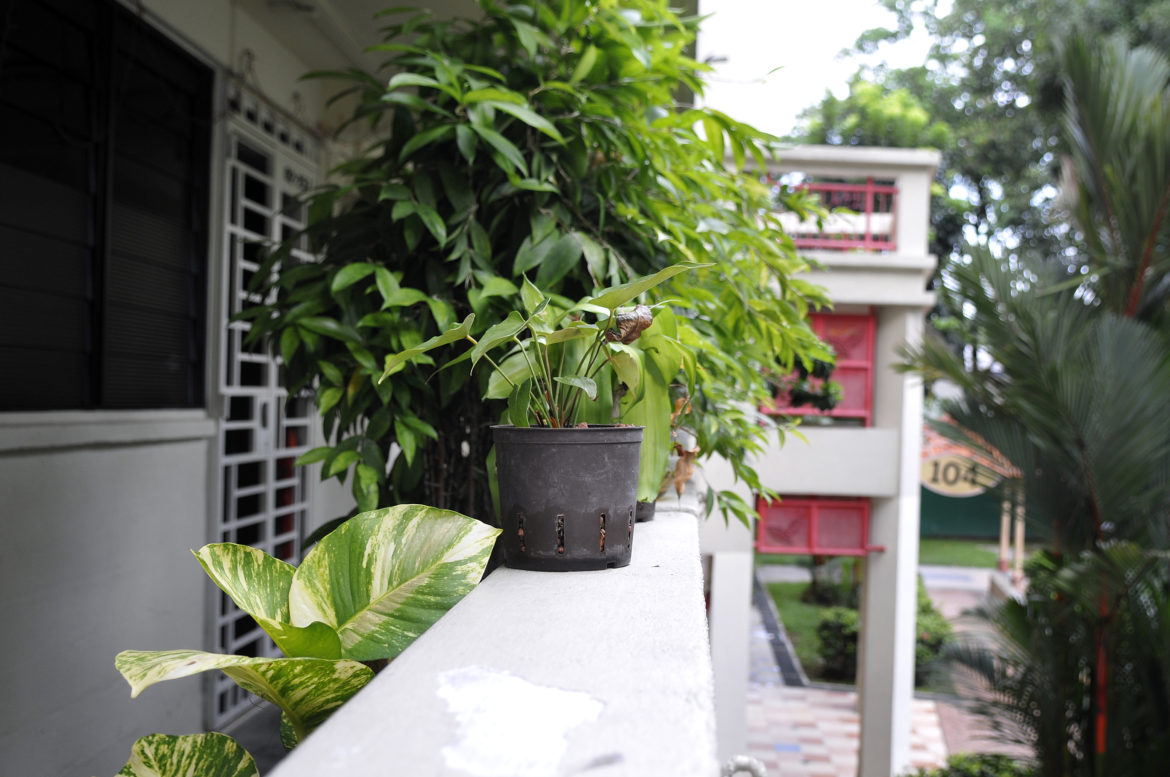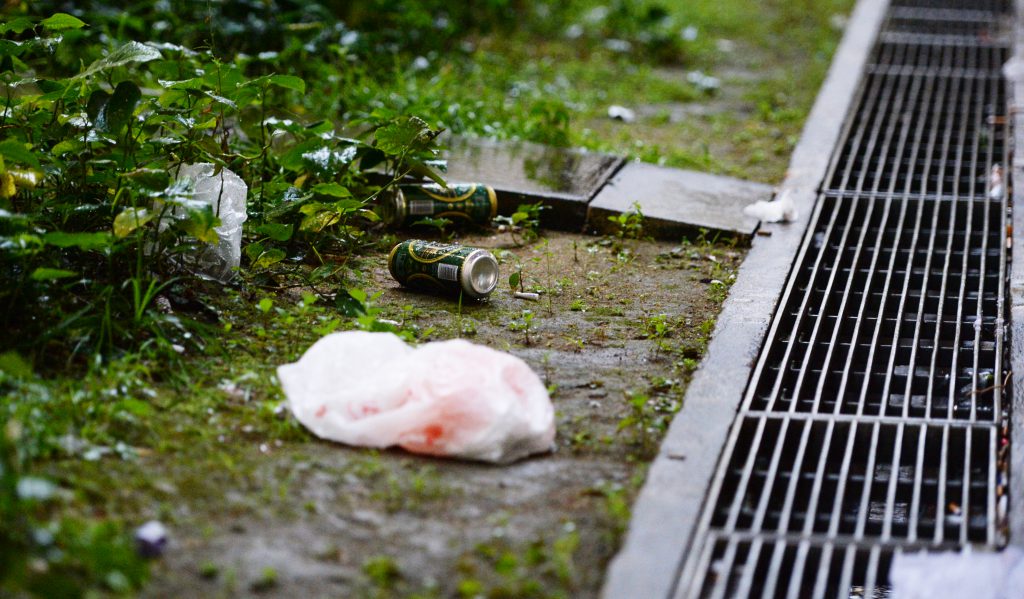From dirty water to leftover food being thrown out of windows, high-rise littering is a common problem in many housing estates. According to the National Environment Agency (NEA), more than 7,700 cases of high-rise littering were reported between 2016 and 2018. Other common high-rise litter includes cigarette butts, used tissues and, now, even disposable face masks.
To address this issue, NEA has deployed more than 6,900 surveillance cameras between 2012 and 2018 to catch offenders in the act. In 2018 alone, NEA deployed cameras at 1,000 sites and took more than 1,200 enforcement actions against offenders.
While these cameras have helped to improve NEA’s enforcement efforts, fatal incidents arising from high-rise littering continue to occur. Last year, a 73-year-old deliveryman died after being struck on the head by a wine bottle, allegedly tossed out of the seventh floor of a condominium along Spottiswoode Park Road.
High-rise littering also poses a sanitation issue. Litter forms a breeding ground for bacteria and creates a conducive environment for pests to breed. Pests carry bacteria, viruses and other micro-organisms that transmit diseases and make people ill. Apart from attracting pests, such as cockroaches and rats, littering could also lead to a growing pigeon population when people throw food out of the window to feed the birds.
Anyone caught feeding pigeons or throwing litter from their windows could be fined up to $500 and $2,000 respectively. In more extreme cases, a culprit can be charged for committing a rash act, and he or she is liable to a maximum jail term of five years or a fine, or both, if the litter thrown from a high-rise building results in death.
According to the Public Hygiene Council, several factors may affect littering behaviour. These include lack of knowledge of the environmental impact of littering, laziness, bad habits, an absence of a sense of ownership for the area, thinking that it is the cleaners’ job to clean up, and the general lack of social pressure or consideration of others.
Keeping our environment clean and safe by not littering is a gracious and socially responsible thing to do. Here’s what you should do and should not do to make your estate a clean and safe place for everyone.
Dos
- Remove objects that are placed in a hazardous manner, and encourage or inform your neighbours to do the same.
- Educate your neighbours about the potential consequences of killer litter.
Don’ts
- Place objects on the ledges of windows/balconies.
- Place objects, such as flower pots and clothes-hanging racks, on the parapet walls of common corridors.
- Hang items above the parapet walls/balconies.
- Throw objects from your flat or common areas.
- Tie/hang objects, such as shopping trolleys and woks, from bamboo pole holders.
- Place objects in a manner that may endanger the safety of the general public.
- Place bamboo poles in a crisscross manner.



